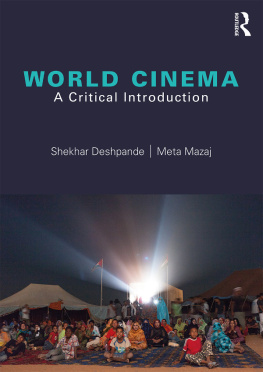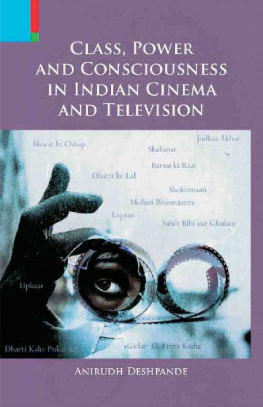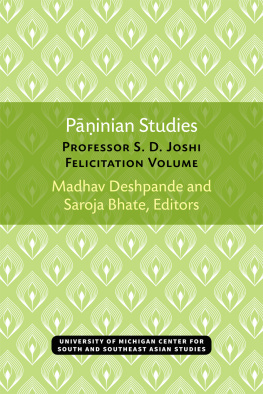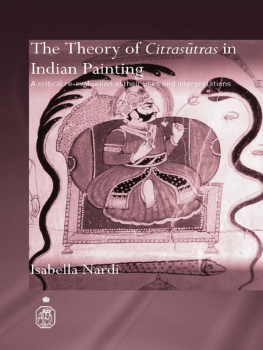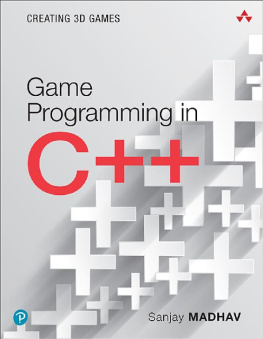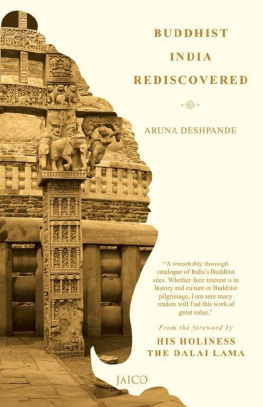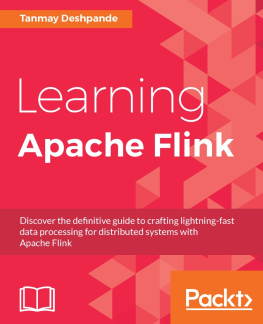THE UNIVERSITY OF MICHIGAN CENTER FOR SOUTH AND SOUTHEAST ASIAN STUDIES
THE MICHIGAN SERIES IN SOUTH AND SOUTHEAST ASIAN LANGUAGES AND LINGUISTICS
Editorial Board
Alton L. Becker
John K. Musgrave
George B. Simmons
Thomas R. Trautmann, chm.
Ann Arbor, Michigan
CRITICAL STUDIES IN INDIAN GRAMMARIANS I: THE THEORY OF HOMOGENEITY [ SVAR YA]
Madhav Deshpande
Ann Arbor
Center for South and Southeast Asian Studies
The University of Michigan
1975
The Michigan Series in South and Southeast Asian Languages and Linguistics, 2
Open access edition funded by the National Endowment for the Humanities/Andrew W. Mellon Foundation Humanities Open Book Program.
Library of Congress Catalog Card Number: 75-36896
International Standard Book No. 0-89148-052-8
Copyright 1975
by
Center for South and Southeast Asian Studies
The University of Michigan
Printed in the United States of America
ISBN 978-0-89148-052-5 (paper)
ISBN 978-0-472-12774-0 (ebook)
ISBN 978-0-472-90170-8 (open access)
The text of this book is licensed under a Creative Commons Attribution-NonCommercial-NoDerivatives 4.0 International License: https://creativecommons.org/licenses/by-nc-nd/4.0/
To my Gurus, eastern and western
CONTENTS
There are few problems indeed connected with Pini that have been solved as yet in such a way as to make fresh investigations or additional support superfluous.
PAUL THIEME
For the last few years, I have been interested in the concept of homogeneity ( svar ya) in the Pinian and non-Pinian traditions of Sanskrit grammar. In 1972, I published Pinian Procedure of Taparakaraa: A Historical Investigation, in Zeitschrift fr vergleichende Sprachforschung, Band 86. In this article, I had touched upon some aspects of the notion of homogeneity, but that was not the focus of the article. Afterwards, I continued my researches in the evolution of this notion in P inian and non- P inian traditions of Indian grammar. This has given me an opportunity to go through each text carefully, and see how the notion of homogeneity is defined and implemented in different ways. I have tried to be historical, not in the sense of arriving at a definite chronology of various texts, but in the sense of attempting to find the most natural interpretation of the texts as far as possible. After having studied different systems individually, I have tried to present the possible evolution of this concept.
To some of the readers it may appear that I could have presented this material in a more condensed form. However, after having taught Pini in the West for some years, I have realized the need for being more explanatory. The traditional Indian pundits remember the whole rule, if only the first word is mentioned. That is, however, not the case in the West. Except for a few really good scholars, reading a work on grammar is still very difficult for most Westerners. The arguments are involved. The traditional writers take many things for granted. In order to make such texts intelligible to non-traditional readers, it is very necessary to provide the background material with as much clarity as possible. I have tried my writing on my advanced graduate students, and have attempted to find out exactly what kind of explanation they really need, in order to understand the arguments clearly. Coming from India, and having studied grammar traditionally, I used to take too much for granted. But thanks to my Western students, I have had the opportunity to come down to the earth, and discuss many points in detail. Therefore, I have striven to make my exposition as readable as possible, and have purposefully refrained from unreadable condensation. I hope it serves its purpose.
I thank Mr. Jame Bare with whom I have discussed most of the material presented here. Having a student like him was certainly more than pleasure to me. He often raised more questions than I could find answers for. It may be mentioned that his Ph. D. dissertation Phonetics and Phonology in Pini, just submitted to the Department of Linguistics, the University of Michigan, is, in many respects, a continuation of the same line of research, and contains a good deal of discussion of homogeneous-representation. I have continued my own research in this field, after the completion of this book, and the results of that research are gradually being published in the form of independent articles. [Ref. The Scope of Homogeneous-Representation in Pini, appearing in the Annals of Oriental Research, University of Madras; Phonetics of /V/ in Pini, appearing in the Annals of the Bhandarkar Oriental Research Institute, Poona; Phonetics of short /a/ in Sanskrit, appearing in the Indo-Iranian Journal; and New Material on the Kautsa-Vyakarana, appearing in the Journal of the Oriental Institute, Baroda.]
I am also thankful to my friend and colleague Dr. Peter Hook for having gone through some portions of this work, and for insisting that I should explain more, rather than condense the arguments. I thank Prof. S. D. Joshi, Poona, and Prof. George Cardona, Philadelphia, whom I occasionally consulted. Prof. Cardona also helped me with some of the most rare books from his personal collection. I am grateful to Prof. Alton Becker, Director, Center for South and Southeast Asian Studies, University of Michigan, for providing me a research grant to visit India during the summer of 1974. I am also indebted to Prof. R. N. Dandekar, Secretary, Bhandarkar Oriental Research Institute, Poona, and to Dr. Trivikram Dharmadhikari, Secretary, Vaidika Saodhana Maala, Poona, for allowing me to use their rich manuscript collections, and obtaining microfilms of the necessary materials. I must express my gratitude to Prof. K. V. Abhyankar, Poona, for letting me use copies of some of the unpublished manuscripts in his possession. Finally, I thank the Publications Committee, CSSEAS, University of Michigan, for accepting this work for publication.
Madhav Deshpande
Ann Arbor
29 September 1975
Note: Due to the technical problems in underlining dotted Sanskrit letters, they have been left without the underline, while other letters in a word have been underlined. Since single dotted letters could not be underlined, no single letters have been underlined, but they have been put in between vertical slashes, e.g. /a/. This does not, in this book, have the normal linguistic significance of a phoneme, but just refers to that particular Sanskrit sound. The same convention has been followed for the short-forms in Pinis grammar, e.g. /a-/.
1.1. Grammatical procedures in Pinis grammar have undergone a variety of interpretations at the hands of Ktyyana, Patajali and their followers. At each step in the tradition we encounter conflicts between the older grammarians ( prcna) and the neo-grammarians ( navya) . These are relative terms and their referents keep on changing with time. The chief criterion of validity in the Pinian tradition is that every explanation must be ultimately in consonance with Patajalis Mahbh ya. Franz Kielhorn explains this principle:
Where there is a difference of opinion between Pini and Ktyyana, or between Ktyyana and Patajali, or between all the three, the native grammarians attach a higher value to the views of Ktyyana to those of Pini, and a higher value again to those of Patajali to those either of Ktyyana or Pini. That such should be the case is not unnatural.
The well known traditional maxim of the Pinians says: yathottaram munnm prm yam The later the sage, the greater his authority. The grammarians belonging to a later period in history are bound to have more information. They possess knowledge of the earlier grammars and also knowledge of the linguistic changes which took place later on.

![Madhav Deshpande Critical Studies in Indian Grammarians I: The Theory of Homogeneity [Sāvarṇya]](/uploads/posts/book/255206/thumbs/madhav-deshpande-critical-studies-in-indian.jpg)

